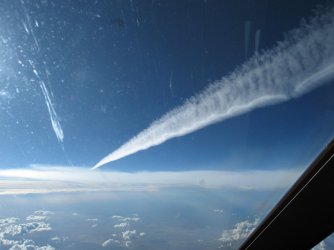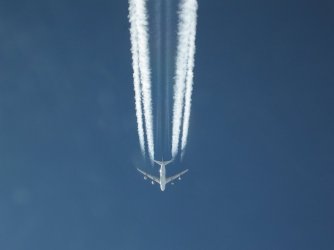OZDUCK
Established Member
- Joined
- Aug 1, 2010
- Posts
- 4,696
A lot of these were done in testing the landing systems on aircraft carriers and landing 'unusual aircraft on carriers so there wouldn't be a 1 to 1 ratio. For example he tested the use of 'rubber' landing decks by landing a Vampire without any undercarriage on the deck of HMS Warrior.Shouldn’t number of take offs and landings be equal?
British Aircraft Carrier Design That Led the World | TheAvGeeks
















